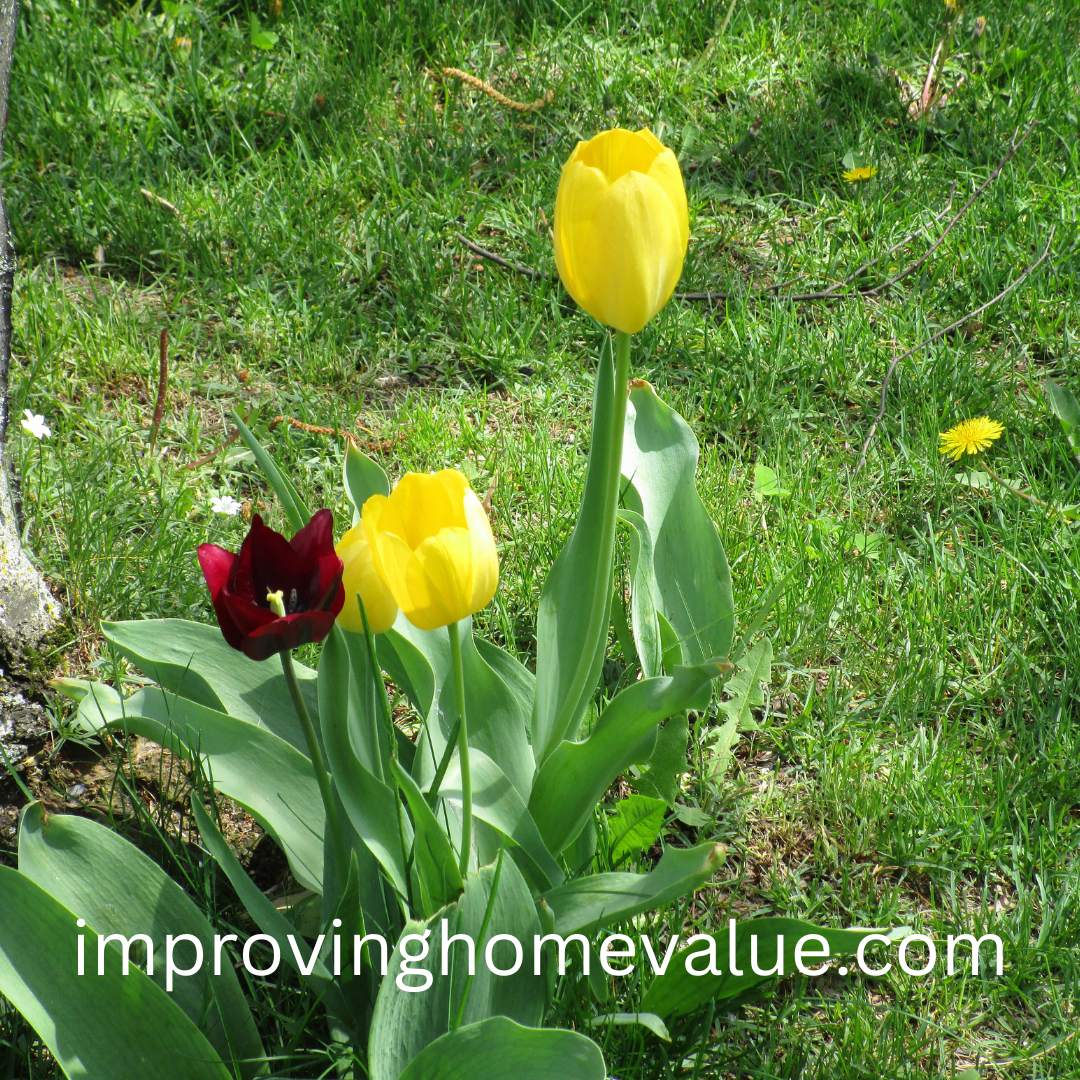Getting the basics right when growing tulips is key. Tulips are finicky but worth all the effort. Let’s break down the essentials you need to know for a thriving tulip growth in your garden, focusing on soil, light, and water.
First up, soil. Tulips can be picky when it comes to soil type. They love well-draining soil, which keeps their roots from getting waterlogged. Sandy soil or loamy soil mixed with a bit of organic matter works wonders. You want to avoid heavy clay soil unless you amend it with compost or grit. Prepping your soil in advance makes a world of difference. Everyone hates soggy shoes in the rain, and tulips are no different.
Lighting is another critical factor. Tulips bask in full sun. Aim to plant them where they get at least six hours of direct sunlight a day. Though tulips can tolerate partial shade, for the most vibrant blooms, full sunlight is the best bet. It’s like the difference between lounging on the beach all day versus staying indoors.
Watering right is the finishing touch. Tulips need regular watering, especially after planting and when they start to grow in the spring. Keep the soil moist but don’t let it turn into a swamp. Once established, tulips don’t require a ton of water, just enough to keep the soil slightly damp. A good soak once a week usually does the trick, but you might need to adjust based on how dry or wet your climate is.
Exploring Tulip Varieties and Their Stunning Colors
Tulips come in all shapes, sizes, and colors, turning any garden into a vibrant masterpiece. Let’s dive into some popular tulip varieties, color variations, and tips on choosing the right one for your garden.
First off, let’s chat about varieties. The Darwin Hybrid Tulips are a favorite due to their sturdy stems and large blooms. Then there’s the Parrot Tulip with its ruffled petals that add a whimsical vibe to your garden. Don’t forget Triumph Tulips, which are the classic, traditionally-shaped tulips you often picture in gardens.
Now, onto colors. Tulips are like nature’s paint palette. Bright reds can symbolize true love, while yellow often brings thoughts of cheerful sunshine. Purple hues add a regal touch, and white tulips offer a serene, pure look. There’s also a rainbow of bi-colored options if you want to mix things up. Matching colors to the feel of your garden can make your space look professional and cohesive.
Choosing the right variety for your garden depends on a few factors. Think about the overall aesthetic you want to achieve and your climate. Some varieties, like the Fosteriana Tulips, bloom early in the season and can withstand cooler temperatures. Others, like Fringed Tulips, bloom later and thrive in warmer weather. Knowing the bloom times and climate preferences can help you plan a garden that’s beautiful throughout the spring season.

Planting Tulips in the Perfect Location to Maximize Growth
Finding the perfect spot in your garden for tulips makes all the difference in their growth and beauty. Positioning them right ensures they get the best conditions to thrive and put on a dazzling display every spring.
Start by looking for areas with good drainage. Tulips hate wet feet, so avoid low-lying spots where water might accumulate. Raised beds or slopes are often excellent choices. If you don’t have natural elevation, creating slightly raised planting areas can help.
The company your tulips keep also matters. Pairing them with compatible plants not only enhances your garden’s look but also helps deter pests. Consider companion plants like perennials and ornamental grasses that offer contrasting shapes and heights. They provide a supportive environment while adding visual interest.
Speaking of pests, keeping your tulips safe from diseases and uninvited garden guests is critical. Common issues like aphids, slugs, and tulip fire, a fungal disease, can wreak havoc. Regular garden maintenance, such as removing debris and weeds, helps reduce pest habitats. For a natural pest repellent, try planting garlic or marigolds nearby.
Another tip is rotating your planting locations every year or two to prevent disease buildup in the soil. Avoid planting tulips in the same spot year after year. This rotation disrupts the lifecycle of any soil-borne pests that prefer tulip roots.
Finally, a little extra care goes a long way. Applying a layer of mulch after planting helps retain moisture and regulate soil temperature. Not only does it keep your tulips happy, but it also reduces the amount of weeding you’ll need to do.
Tulips will make a beautiful addition to your gardening around your homes.
